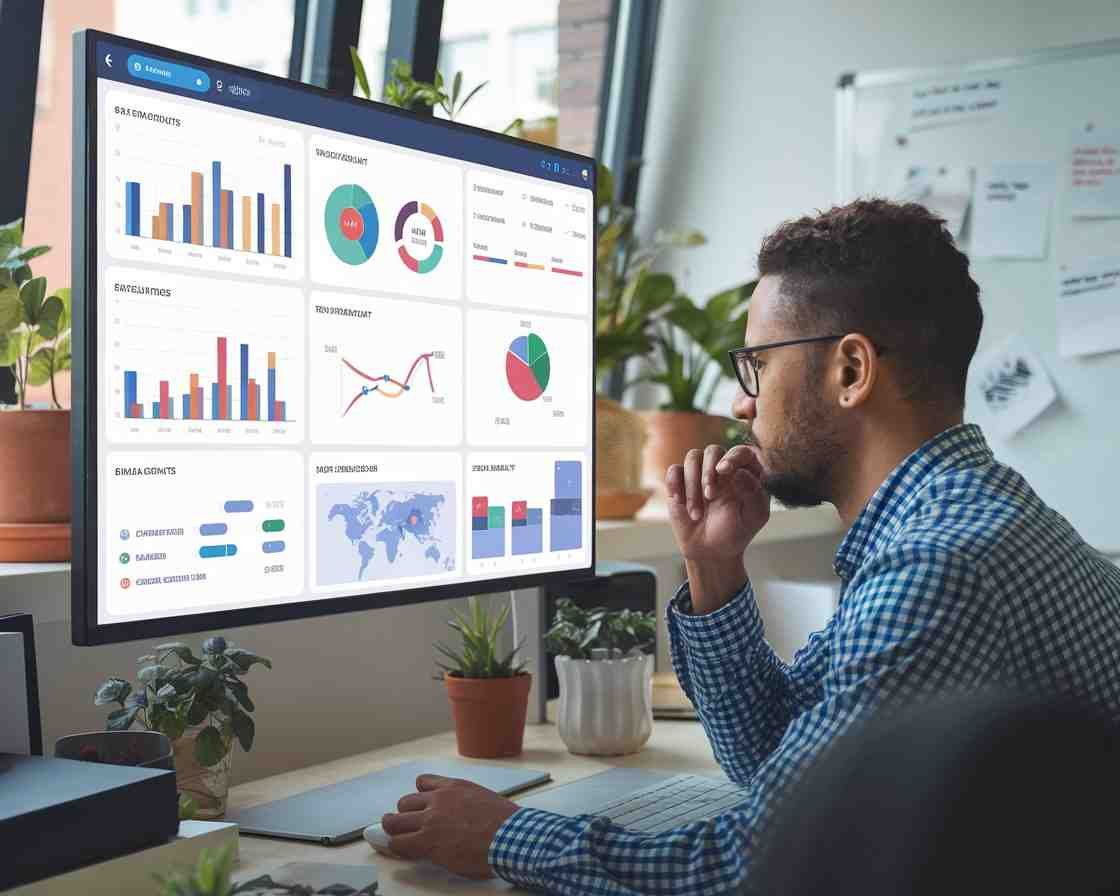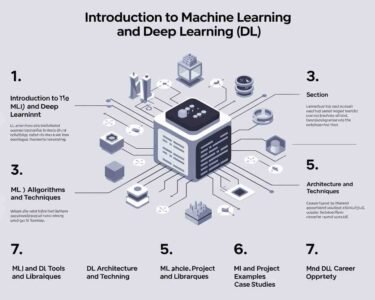
Tableau is one of the most popular data visualization tools today, helping users extract meaningful insights from large datasets with ease. Its significance in business, market research, and data analysis cannot be overstated. Let’s explore why Tableau is crucial for Data Scientists and Data Analysts.
What Is Tableau?
Tableau is a powerful data visualization tool that allows users to create dashboards, infographics, and reports by integrating data from various sources (e.g., Excel, SQL, Google Analytics, cloud platforms, etc.). It streamlines the decision-making process, making business strategies faster and more effective.
Why Is Tableau Important for Data Scientists and Data Analysts?

Tableau Important for Data Scientists and Data Analysts
1️⃣ Easy Data Visualization
- Tableau simplifies the creation of charts, graphs, and dashboards, even with large datasets.
- Its interactive features make it easy to uncover hidden insights and trends in data.
2️⃣ Enhanced Business Decision-Making
- Data visualizations simplify complex datasets, allowing stakeholders to make quick and informed decisions.
- Tableau excels in applications like Sales Forecasting, Market Analysis, and Customer Behavior Analysis.
3️⃣ Seamless Integration and Data Manipulation
- Tableau integrates effortlessly with various data sources, including databases, cloud platforms, and file formats like CSV and Excel.
- The drag-and-drop functionality enables convenient data modeling and filtering.
4️⃣ Automation for Reporting and Analysis
- Tableau automates the creation of dashboards and reports, saving significant time for analysts.
- Real-time data analysis is possible with Live Data Connections.
5️⃣ Better Job Prospects and Salaries
- Tableau proficiency opens doors to lucrative positions, such as Data Analyst, Data Scientist, BI Analyst, and BI Developer.
- Leading organizations like Google, Amazon, and Microsoft rely on Tableau for their data visualization and reporting needs.
Benefits of Learning Tableau
1. Create Interactive Dashboards
- Users can filter and modify data views in real time, enhancing interactivity.
2. Easy to Learn
- Tableau’s intuitive drag-and-drop interface makes it accessible, even without a programming background.
3. Fast Data Analysis
- Tableau quickly processes large datasets, delivering actionable insights in minimal time.
4. Simplified Report Sharing
- Dashboards can be shared or published effortlessly via Tableau Server or Tableau Public.
How to Start Learning Tableau
1️⃣ Master Basic Concepts
- Familiarize yourself with Tableau’s interface, chart types, and dashboard creation.
2️⃣ Learn Data Connections
- Practice connecting Tableau to various data sources, such as Excel, SQL, and Google Sheets.
3️⃣ Develop Visualization Skills
- Learn to create bar charts, line graphs, scatter plots, and custom dashboards.
4️⃣ Explore Advanced Features
- Master advanced tools like Calculated Fields, Data Blending, and LOD (Level of Detail) Expressions.
5️⃣ Work on Real-World Projects
- Use real datasets to create and publish dashboards on Tableau Public to showcase your skills.
Tableau offers immense opportunities to elevate your data analytics skills, helping you become a sought-after professional in this competitive field. Start learning Tableau today and unlock new career possibilities!




